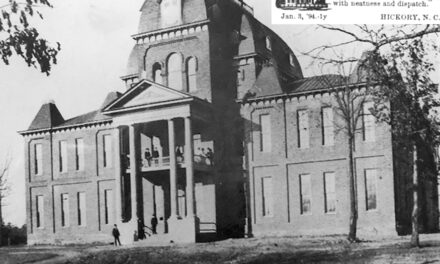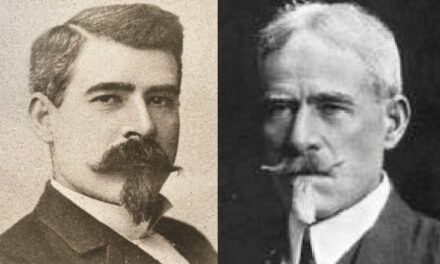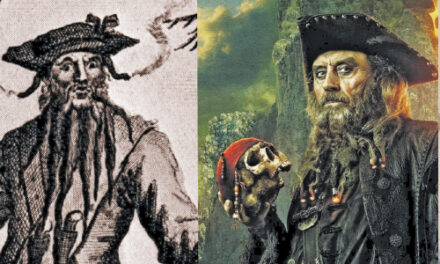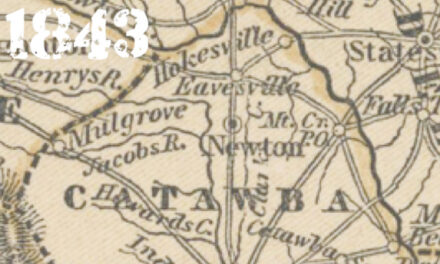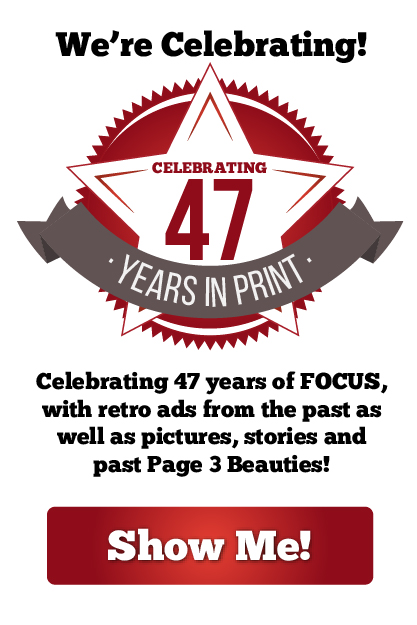
The summer after the World War (the first of two) seemed like a new beginning. The world had been made safe for democracy, or so we thought, and the United States was being hailed as a savior, pulling Europe back from the brink of self destruction.
 Among the big headlines in Hickory that summer was the coming of a new band. Since the Southern Symphony Band called it quits prior to the war, there was no community organization around to entertain. The fanfare about every aspect of this new band demonstrated how anticipated the return of a musical group to the city was.
Among the big headlines in Hickory that summer was the coming of a new band. Since the Southern Symphony Band called it quits prior to the war, there was no community organization around to entertain. The fanfare about every aspect of this new band demonstrated how anticipated the return of a musical group to the city was.
First came the name. The Hickory Rainbow Band got one vote, perhaps a bit ahead of its time. Out of the “20 or more names” proffered by the community (and suggestions were accepted from everyone) the members made a final choice. “On the second ballot” they picked the Hickory Concert Band and gave $10 ($165 in 2024 money) to the three people who put forth the name. In all likelihood, they had to split it.
New instruments were ordered and practice begun. The public so starved to hear live music that some showed up at practice. Those rehearsals were described as “real pepperly,” which must have been one of those 1920s phrases indicating energetic.
Just before Labor Day, the Hickory Concert Band debuted, on the square in Granite Falls. During a World War I homecoming celebration for veterans, they played. Then at the end of September, the group performed for the hometown folks at the Hickory Fair. The band “rendered popular airs, serenades and marches to the delight of hundreds.”
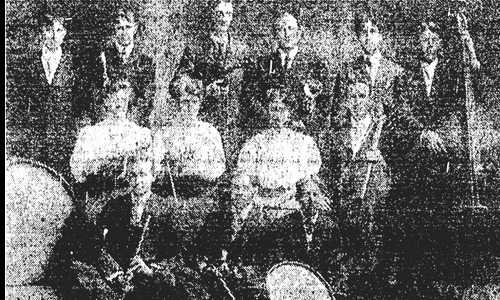 Throughout the 1920s and 30s, the band played and by all indications were a crowd pleaser. Sometimes they were joined by other well known musicians and singers. On other occasions the shifting lineup played solo. On Thursday nights, they gave concerts on Union Square, sometimes as fundraisers, like the show they gave with “proceeds being used for the upkeep of the cemetery.” The Hickory band even gave a performance in Lenoir to raise money for the Lenoir band, as well as the local Boy Scout troop.
Throughout the 1920s and 30s, the band played and by all indications were a crowd pleaser. Sometimes they were joined by other well known musicians and singers. On other occasions the shifting lineup played solo. On Thursday nights, they gave concerts on Union Square, sometimes as fundraisers, like the show they gave with “proceeds being used for the upkeep of the cemetery.” The Hickory band even gave a performance in Lenoir to raise money for the Lenoir band, as well as the local Boy Scout troop.
When the band got uniforms, the news made the paper. They looked snappy in their “dark coat, white duck trousers and a white cap with a monogram ‘HCB’.” To pay for the attire, the local movie theater showed films with the proceeds benefitting the band, probably to pay for the new duds.
Like the earlier musical acts, the Concert band played all over the region. Coming out of the war, patriotic songs were popular. “Sons of America, America Needs You” serves as an example.
The Hickory Concert Band played up through the mid-1920s, before competition brought other groups to the area. Charlotte’s Oasis Temple Band became all the rage and soon the Hickory group disbanded, quietly.
Like the Hickory Military Opera Band and the Southern Symphony Band, the Hickory Concert Band played to enthusiastic audiences, adding to the cultural life of citizens, a legacy that continues.
Photos: Images of two early Hickory bands. The first is from the C.M. Hardin Collection at the Hickory Museum of Art. The second from the Hickory Daily Record. While scratchy, it’s easy to see that several female musicians were part of the ensemble.



